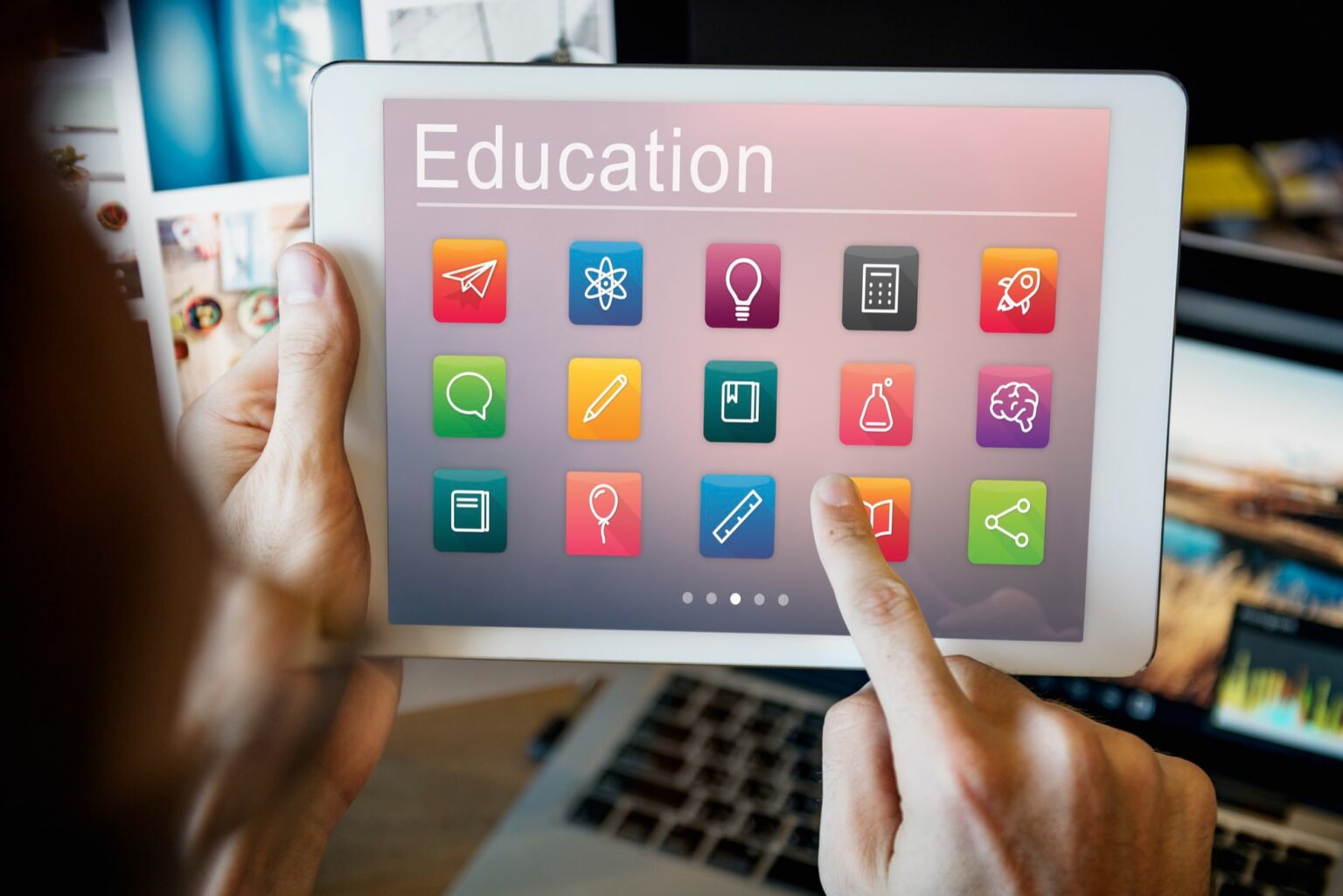Gamification of education refers to the integration of game elements and mechanics into the learning process to engage and motivate students. By applying game design principles, educators can make learning more enjoyable, interactive, and immersive. Here are some key aspects and benefits of gamification in education:
- Increased Engagement: Games have a natural appeal and can captivate students’ attention. By incorporating game elements like challenges, achievements, and rewards, gamification makes learning more engaging. Students become active participants in the learning process, leading to increased motivation, participation, and enthusiasm.
- Enhanced Learning Experience: Gamification provides opportunities for experiential learning, where students can apply knowledge in practical and meaningful ways. Games can simulate real-world scenarios, allowing students to make decisions, solve problems, and explore consequences in a safe environment. This active learning approach enhances understanding, critical thinking, and problem-solving skills.
- Personalized Learning Pathways: Gamification enables personalized learning experiences tailored to students’ needs and preferences. Through adaptive game systems, students can progress at their own pace, receive customized feedback, and access resources that address their individual learning gaps. This personalized approach promotes self-directed learning and helps students reach their full potential.
- Collaboration and Social Interaction: Gamification can foster collaboration and social interaction among students. Multiplayer games or collaborative challenges encourage teamwork, communication, and cooperation. Students can collaborate, compete, and learn from each other, developing important social and interpersonal skills.
- Continuous Assessment and Feedback: Gamified learning platforms can track students’ progress, performance, and achievements in real-time. This allows educators to provide timely feedback, identify areas for improvement, and tailor instruction accordingly. Immediate feedback in games motivates students to learn from their mistakes, iterate, and improve their performance.
- Sense of Achievement and Motivation: Games inherently provide a sense of achievement when students accomplish goals or overcome challenges. By incorporating elements like levels, badges, leaderboards, and certificates, gamification offers tangible rewards and recognition for students’ efforts. This fosters a positive learning environment, boosts self-confidence, and sustains motivation.
- Data-driven Insights: Gamification platforms generate data on students’ interactions, progress, and performance. Educators can analyze this data to gain insights into students’ strengths, weaknesses, and learning patterns. This data-driven approach helps educators make informed decisions about instructional strategies, intervention plans, and personalized support.
- Real-world Application: Gamified learning experiences can bridge the gap between academic knowledge and real-world application. By simulating real-life scenarios, students can develop skills and knowledge that are transferable to practical situations. This prepares them for future challenges and careers, making learning more relevant and meaningful.
- Long-term Engagement and Retention: Gamification can contribute to long-term engagement and knowledge retention. The engaging and interactive nature of games helps students retain information better and encourages them to continue learning. Gamification also promotes a growth mindset, where students embrace challenges, persist through obstacles, and develop a lifelong love for learning.
- Accessibility and Flexibility: Gamification can be implemented across various educational settings, including traditional classrooms, online courses, and remote learning environments. It offers flexibility in terms of time, location, and pace of learning, accommodating diverse student needs and preferences. Gamified learning platforms can be accessed on different devices, ensuring wider accessibility.
While gamification has its benefits, it’s important to strike a balance and align game elements with educational goals. Educators should design gamified experiences with clear learning objectives, meaningful challenges, and academic rigor. Additionally, continuous evaluation and refinement of gamification strategies based on student feedback and outcomes are crucial for effective implementation.



